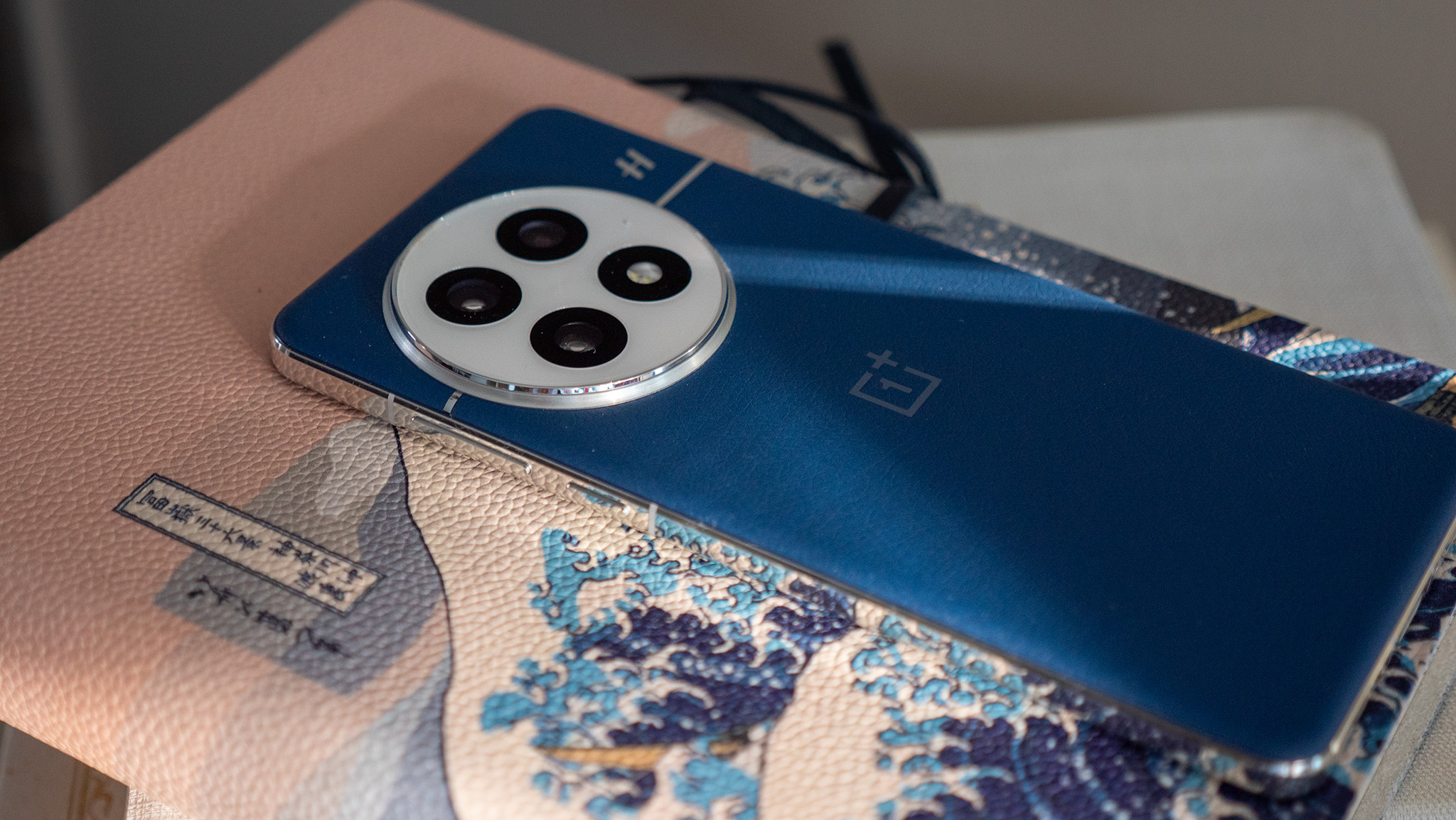North American telecom companies killed the 'affordable flagship' category to get you to buy expensive phones
There are tons of subsidies making it unnecessary to buy an affordable flagship device
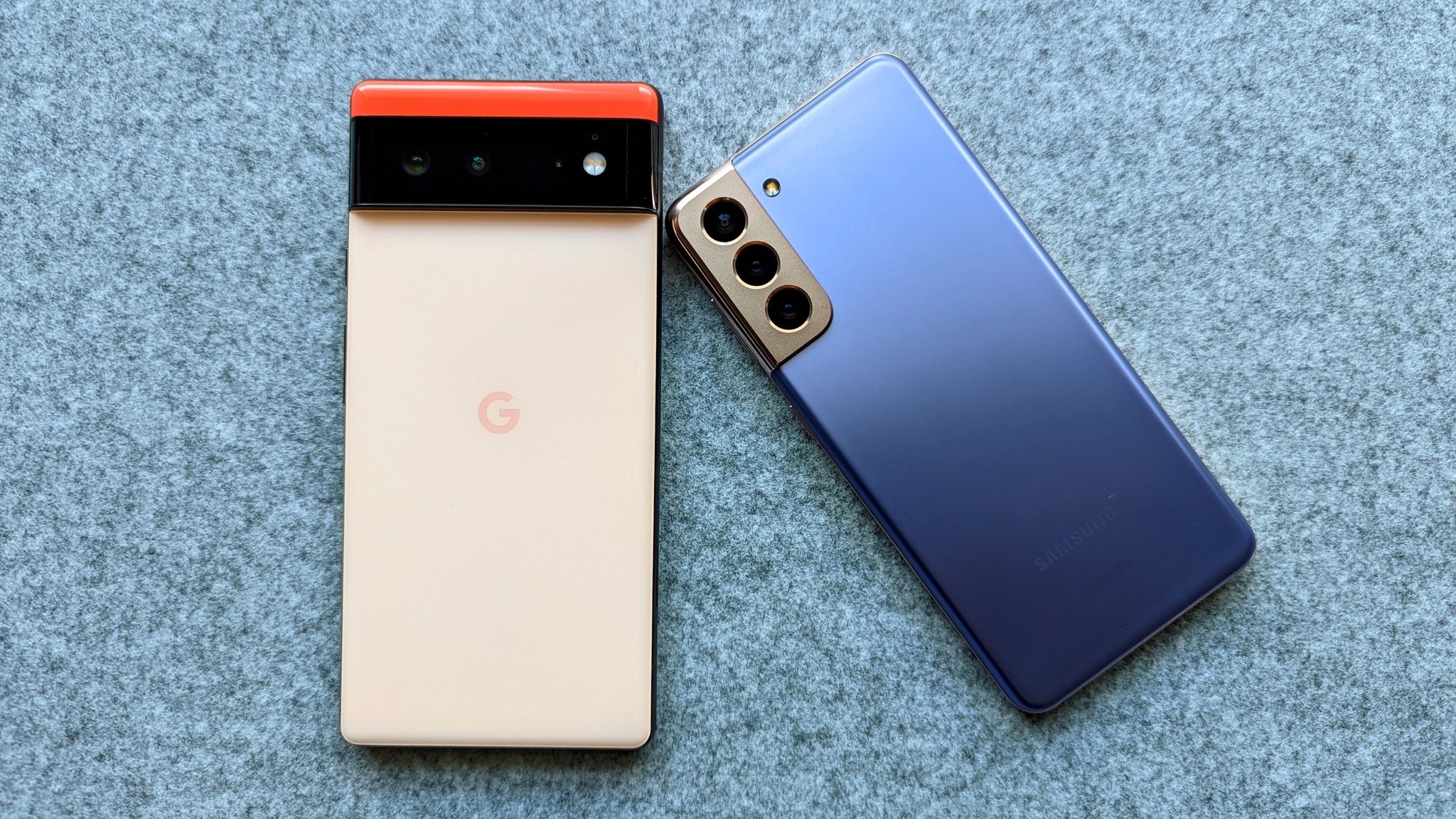
North America’s wine-glass-shaped smartphone market and telecom subsidies are likely the reason why there really isn’t an “affordable flagship” category, experts weigh in. They add that there are a few options, and it all comes down to consumer buying behavior.
Recently, Android Authority published an article arguing that in 2022, the Google Pixel 6 could be “the only true affordable flagship worth your money.” Android Authority’s Robert Triggs writes that a few years ago, there were many options like the Asus Zenfone 6, OnePlus 7 Pro, and Xiaomi Mi 9T Pro. He notes that these phones propelled Apple and Samsung to launch more affordable options like the $400 iPhone SE and $699 Galaxy S20 FE, which both offered “exceptional value for money.”
Though that being said, Triggs elaborated that Apple’s phone is more a “classic mid-ranger than an affordable flagship, and the iPhone SE 2022 model is built in the same being.”
Anshel Sag, a senior analyst at Moor Insights & Strategy, doesn’t fully agree that the Pixel 6, which is one of the best Android phones out there, is the only affordable flagship out there and includes the Samsung Galaxy S21 FE in that lineup.
“If you ask certain people, affordable is a very subjective and relative term,” he says.
What is a flagship and why makes a phone a flagship?
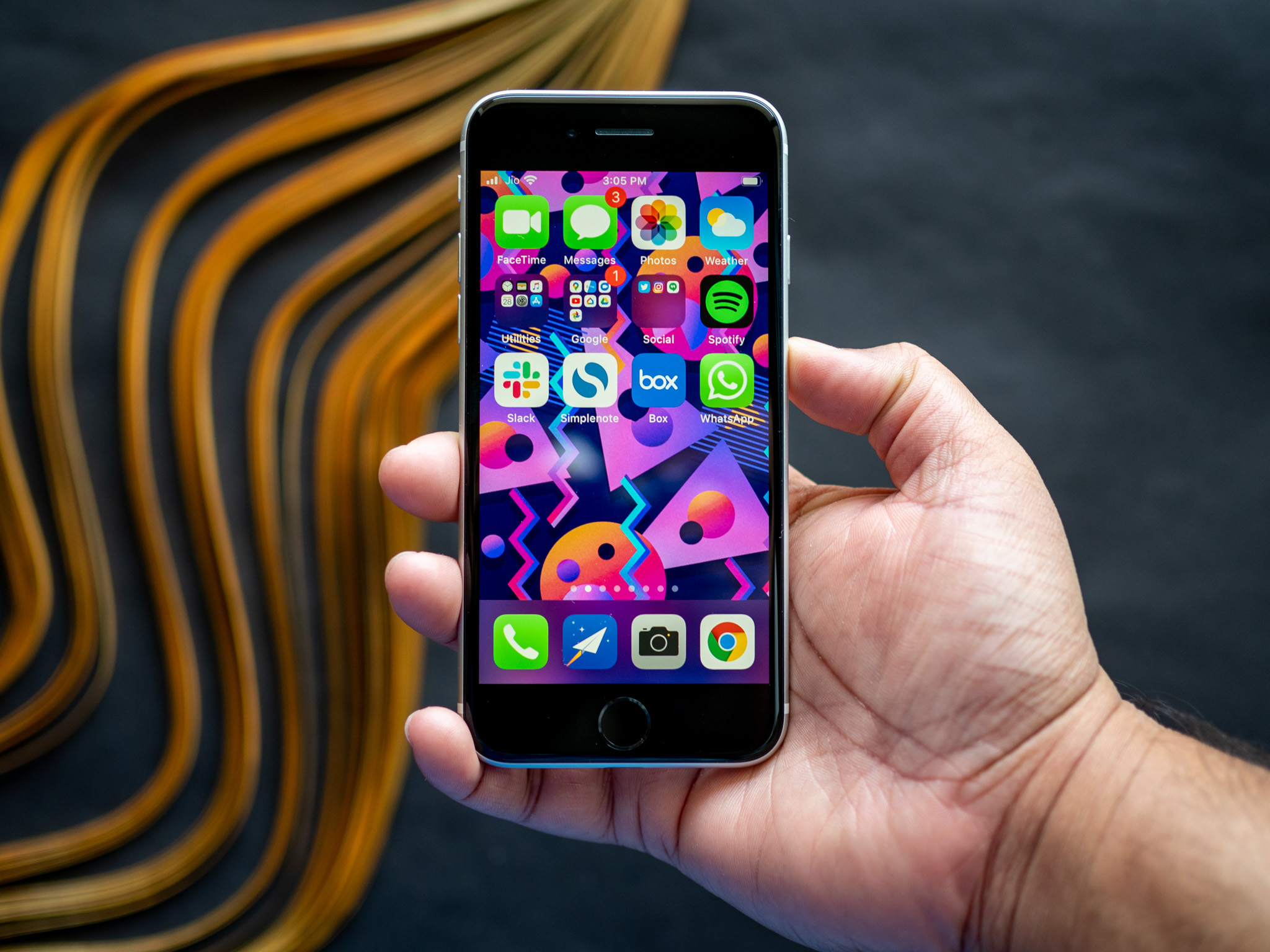
Sag says the word “flagship” itself is a relative term and doesn't have any specifically defined features that make a device flagship, “especially when you see that multiple OEMs have had multiple flagship products, it muddles the term more because flagship should really just be one halo product.”
Jitesh Ubrani, research manager for IDC's worldwide device tracker, agrees that as an industry, it’s still not clear what the definition of a flagship is and that the definition is “somewhat fungible.”
Be an expert in 5 minutes
Get the latest news from Android Central, your trusted companion in the world of Android
“I’d argue that most of the non-Pro version of the latest smartphones would still count as flagships, and many of them tend to be more affordable. The iPhone 13, the Xiaomi 12, and other similar phones fall into this category. The issue is that not all of these are available globally, and in the case of Android phones, the selection is very limited in the U.S.,” he says.
Interestingly, Ubrani adds that smartphone companies have cleverly created a tier above the flagship where Pro/Ultra models are introduced to help drive up average prices.
For example, this could be seen with Samsung’s Galaxy S lineup, he says.
“It used to be the flagship phone, but Samsung later introduced the Ultra variant, which was a cut above. In some ways, it may seem like the S lineup is being downgraded from flagship status, but the reality is that the Ultra is one level higher than the flagship, a ‘flagship+’ if you will,” Ubrani says.
He adds that the Pixel 6 checks the right boxes in terms of processing, display, and camera, while other phones with a similar price range “tend to have too many trade-offs.”
Neil Shah, vice president of research at Counterpoint Research, says that typically a flagship device has the latest and greatest chipset, memory configuration, AI, latest software technologies, advanced camera setup and performance, cutting edge display technologies (higher refresh rate, OLED resolution, etc.), bigger battery, fast charging, head-turning CMF, form-factor design, and features such as IP rating.
With that long list, it is very clear why Android Authority’s Triggs believes the Pixel 6 is the affordable flagship device that people should get.
He writes that while the Pixel 6 doesn’t have it all for $599, “the phone doesn’t mess around with gimmicks and tricks, it nails the flagship experience where it matters.”
Why isn’t there a clear “affordable flagship” category in North America?
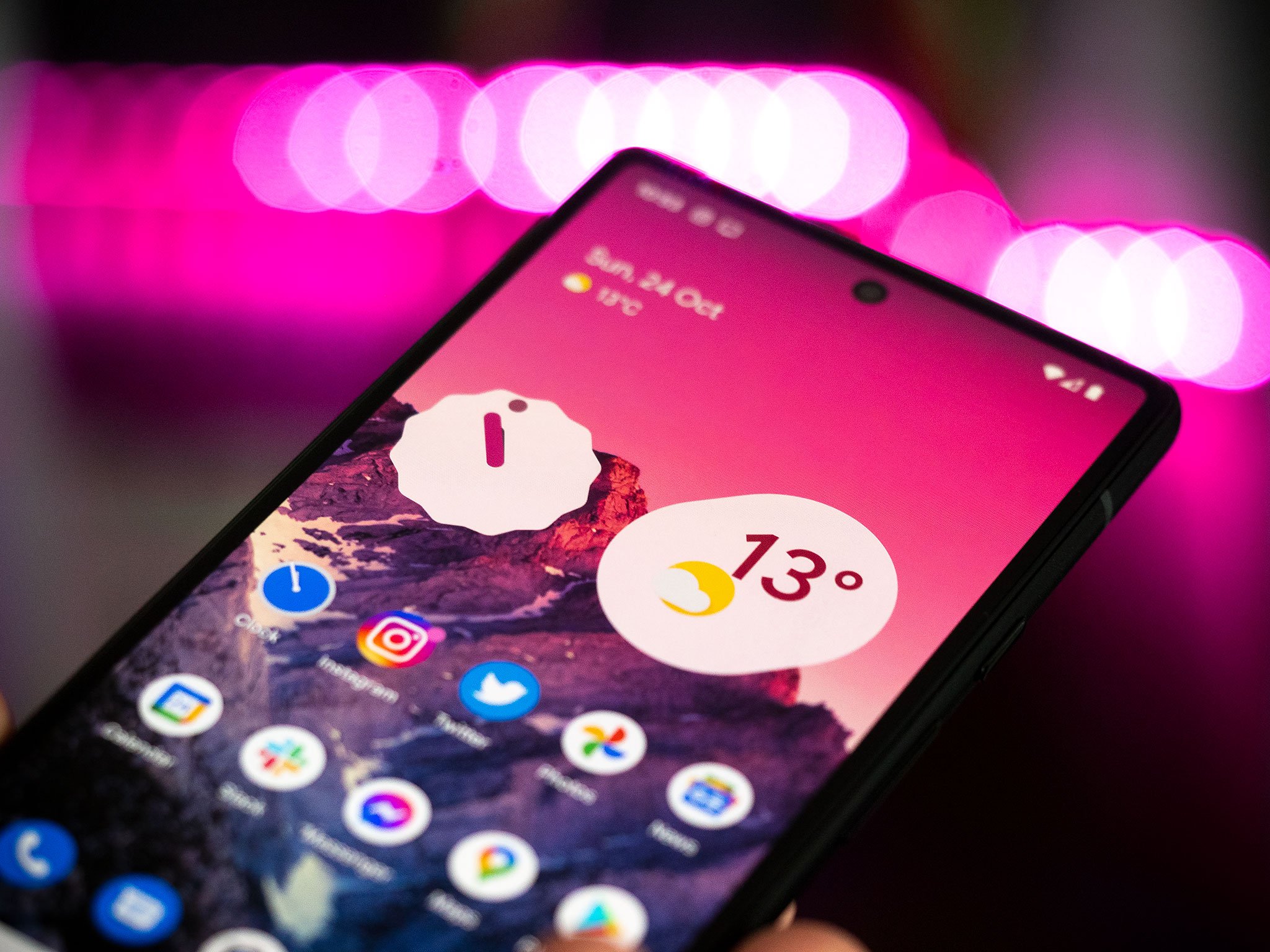
Shah says that North America’s market is like a wine glass, where the largest percentage of smartphones sold are $600 and above wholesale price points, and a very small percentage of phones sold are between $200-600.
“This dichotomy exists because of the earning distribution of the U.S. demographics and how carriers are positioning and selling more premium handsets to drive [Average Revenue Per User] in postpaid and for prepaid it’s more about getting more cost-conscious demographics to use affordable mid-to entry-tier phones and plans,” he says.
Much of the blame for this skewed market is falls on Apple and Samsung, which control the overall smartphone market, he says.
It’s all about perspective
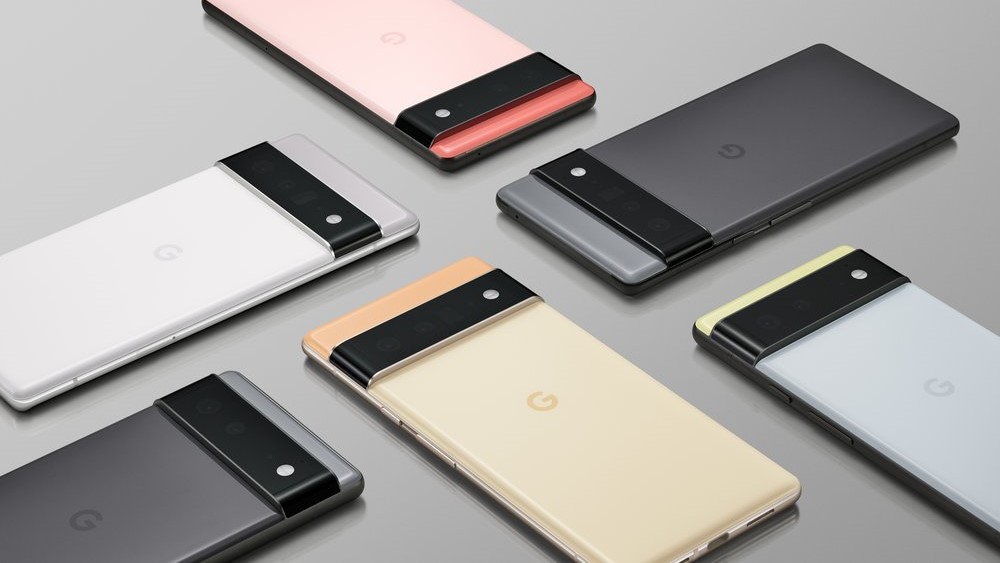
However, the biggest reason we’re not seeing that “affordable flagship” category, Shah says, is carriers’ subsidy models.
“For example, Samsung Galaxy Ultra S22 or Apple iPhone 13 Pro Max per month roughly costs just six cups of Starbucks coffee or two to three lunches,” Shah says, adding that from the American consumer perspective, this makes it seem affordable considering that smartphones are used daily.
Ubrani also adds that telecom companies also offer “incredible incentives” along with those financing plans to make high-priced phones seem more “palatable.” It makes it more palatable for North American consumer who now also has a larger budget, Ubrani says.
“As long as telecos continue to play a huge role in the smartphone industry, there won’t be a need for affordable flagships in any meaningful way,” he says.
When you have subsidies…there isn’t really a need for an “affordable flagship”
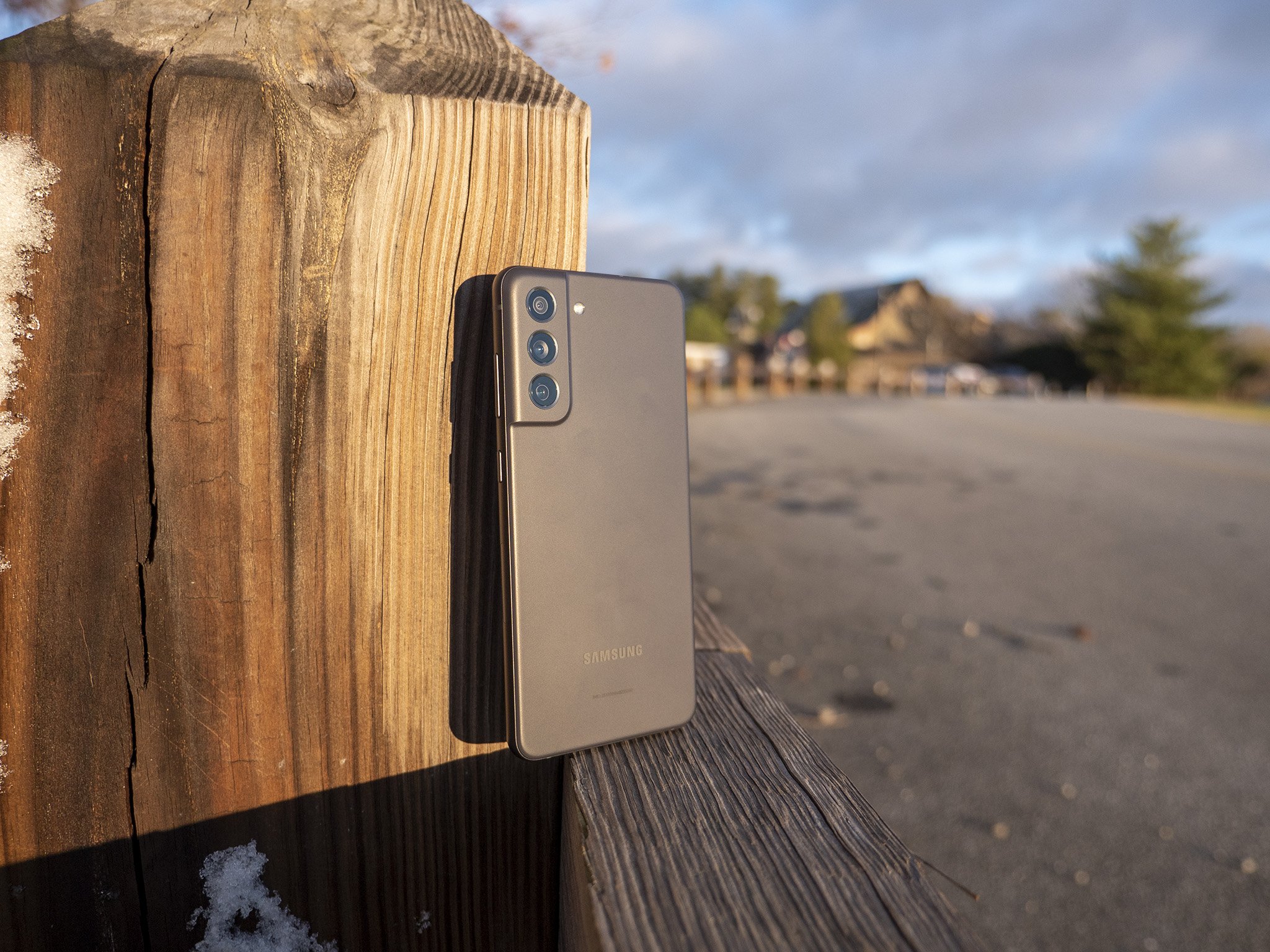
Sag says that because there are so many subsidies on premium handsets, it takes away from the need to have an affordable flagship category.
“I think ‘affordable flagships’ are a feature of markets where users purchase their device outright and where carriers are less involved in the sale and financing of devices, aka un-subsidized markets. When people are more aware of the price they are paying for flagship devices, they tend to gravitate towards devices that maximize value for the user and don’t necessarily include every feature for the sake of having that feature,” he says.
Specifically, Sag explains that consumers tend to gravitate towards affordable devices or premium devices in the North American market.
“The middle is filled by the most discerning consumer that started in the budget or premium markets and has decided they want a more goldilocks style device that strikes a balance of price, performance, and features with some compromises,” he says, adding this was the original purpose of OnePlus and the Google Nexus line.
Despite the North American market being a lot smaller than others in terms of choice, Sag says that there are still many devices out there that consumers can get a lot of value from. This also doesn’t mean that the market is shrinking or small, he says.
“I think the market has a healthy spectrum of devices in terms of pricing and features, and the constant competition among OEMs will continue to drive innovation and value,” he says.

Shruti Shekar is Android Central's Editor-in-Chief. She was born in India, brought up in Singapore, but now lives in Toronto. She started her journalism career as a political reporter in Ottawa, Canada's capital, and then made her foray into tech journalism at MobileSyrup and most recently at Yahoo Finance Canada. When work isn't on her mind, she loves working out, reading, watching the Raptors, and planning what she's going to eat the next day.
